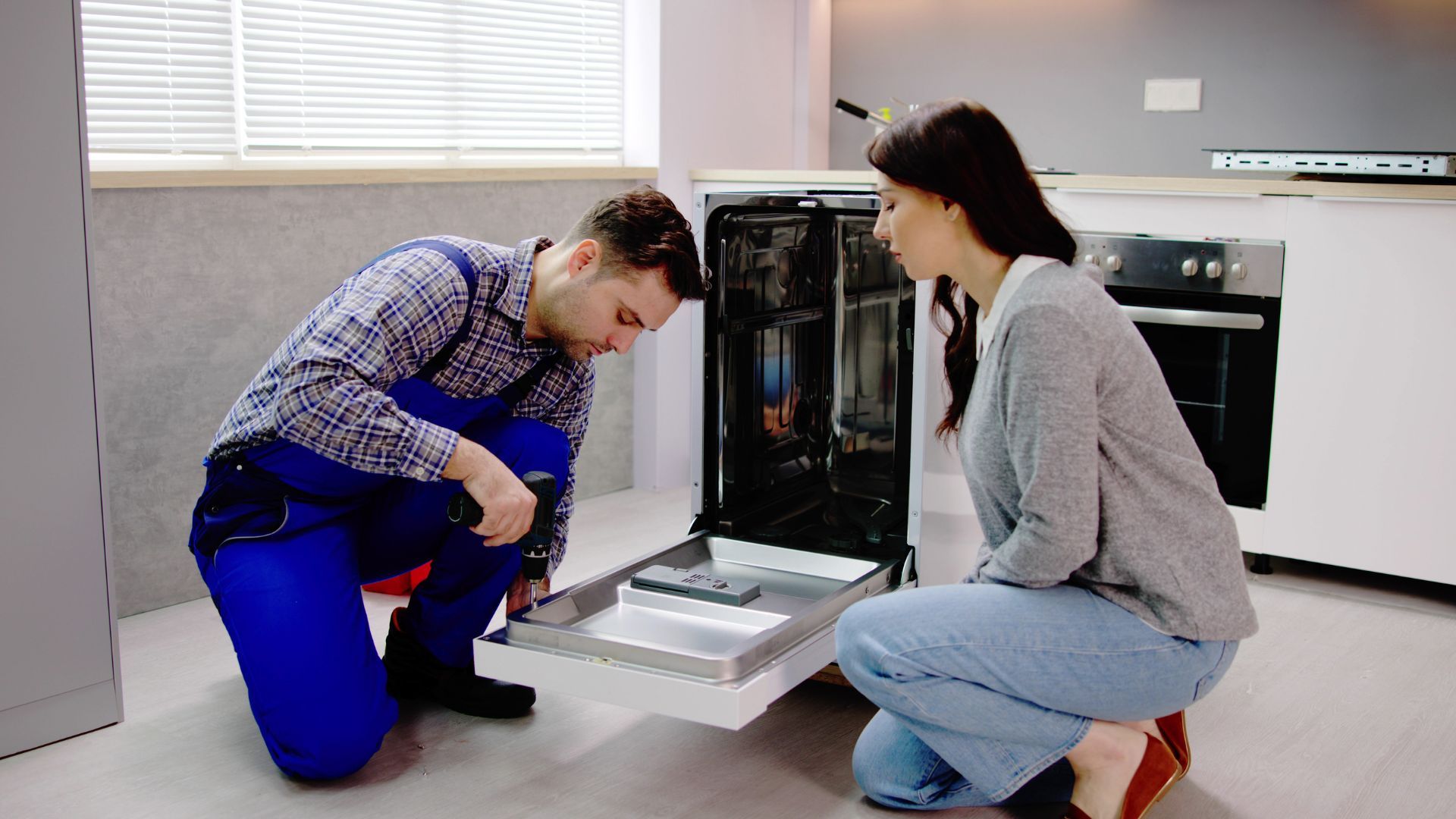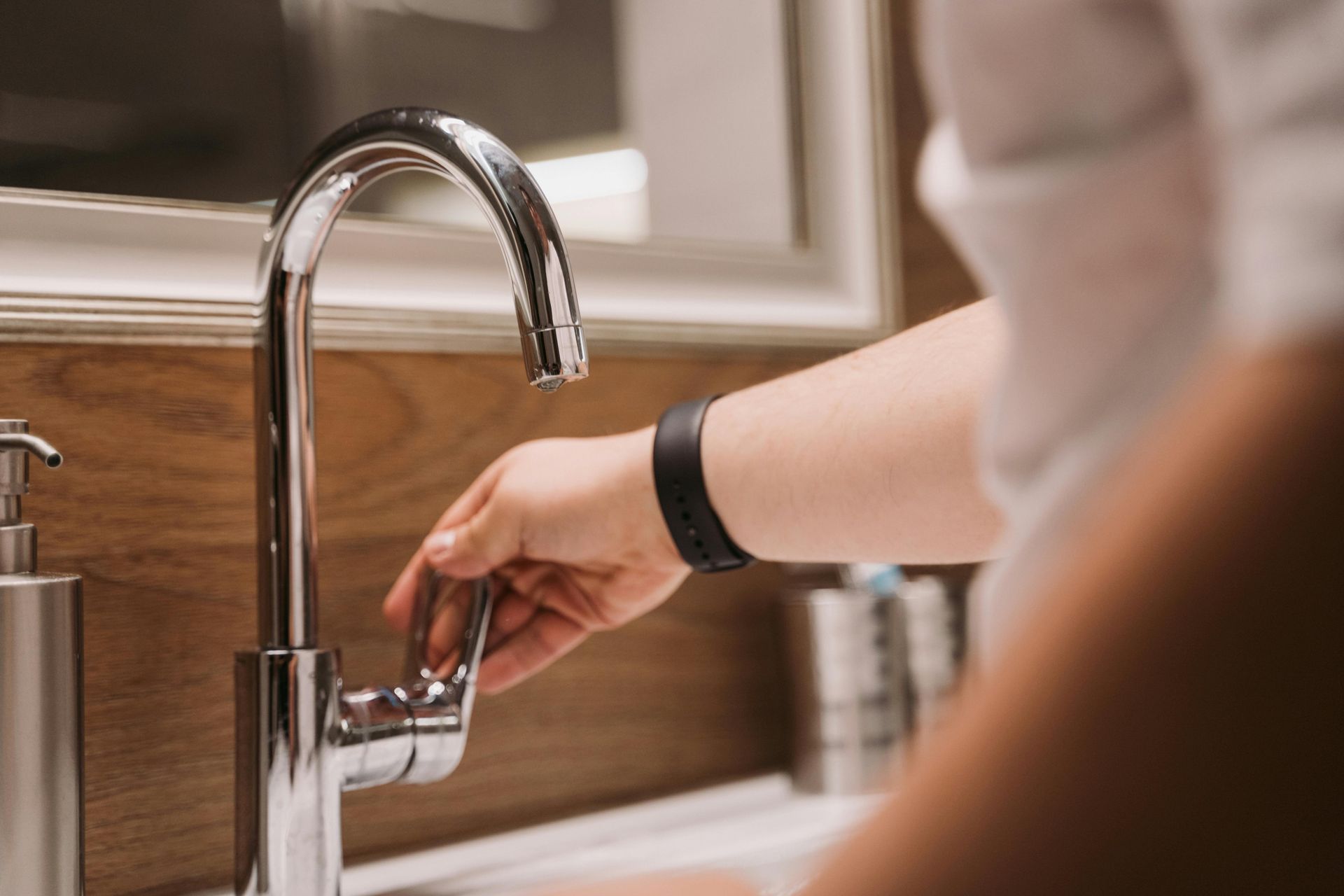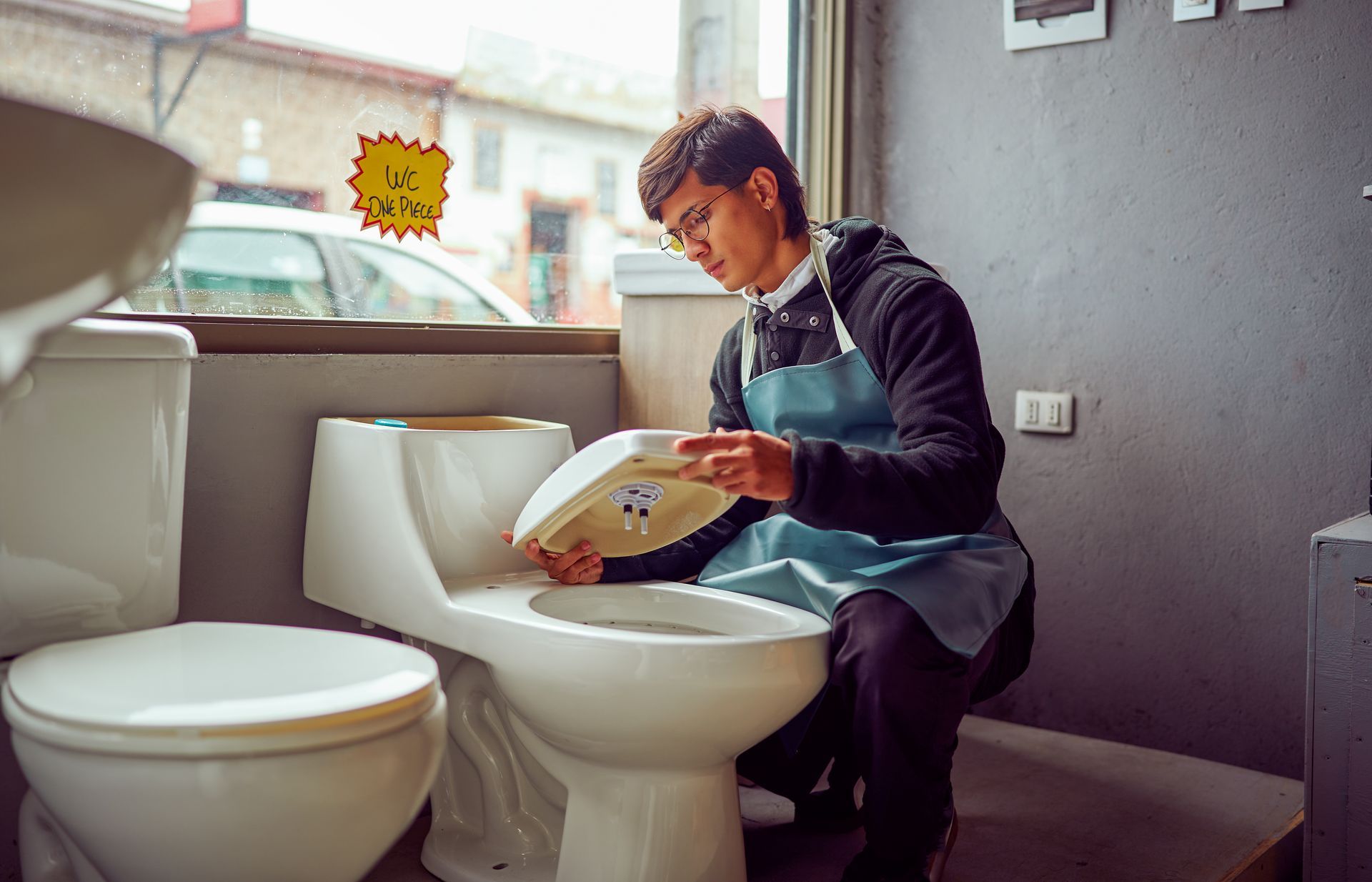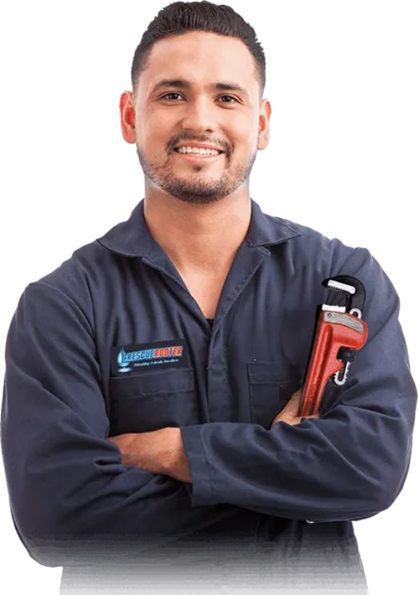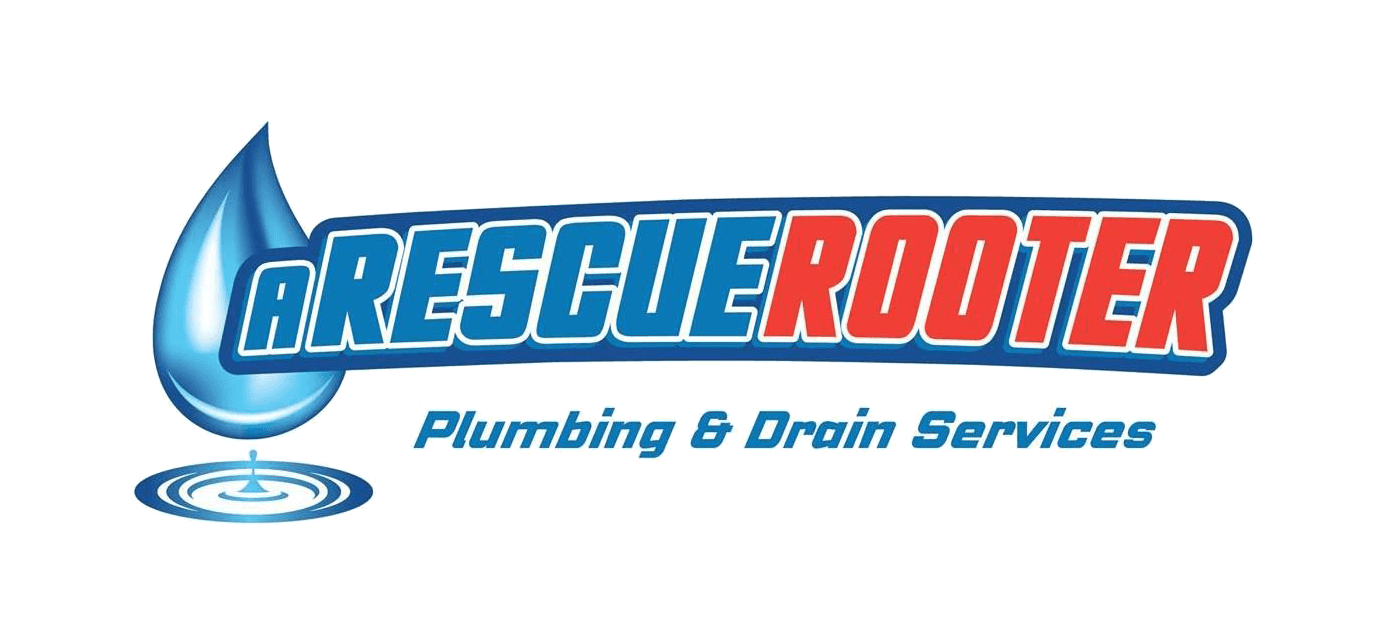Learn the signs of an aging sump pump and when it's time to replace it.
If you don’t think about your sump pump until you have an issue, you’re not alone!
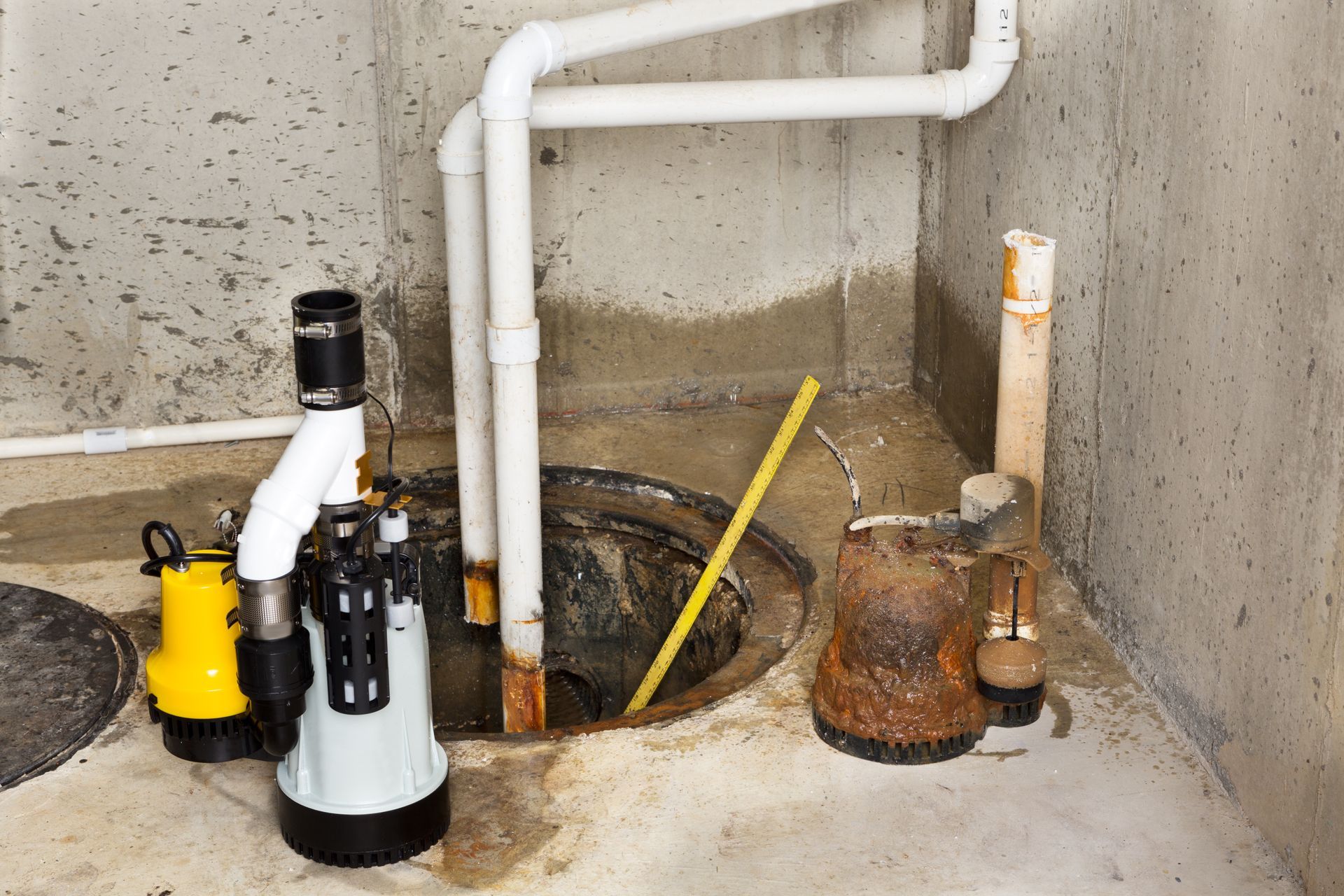
Your sump pump in Hamilton could be due for a maintenance visit, need a plumbing repair or wanting a replacement. Don’t fret! There are a few telltale signs you should know about if a replacement is needed. Your Hamilton plumber at A Rescue Rooter will confirm any issues you may discover with your sump pump.
How will you know if your sump pump needs to be replaced?
- The sump is 7 to 10 years old.
- Is the system noisier than usual or making noises you’ve never heard?
- The sump pump is constantly running or turning off and on frequently.
- It doesn’t come on when it should.
- Your basement has flooded or feels damp all the time.
- The repairs to the sump pump are frequent.
If you really feel you need a sump pump replacement in Hamilton, try to have it take place in late winter or early fall. The Hamilton plumbers at A Rescue Rooter will work with you whether you need a sump pump repair or replacement.
To keep your sump pump healthy there are a few things you need to know:
- Think before flushing. The toilet is not a garbage can.
- Avoid pouring grease and other food particles down the drain.
- Use water when only needed.
- Do not put household chemicals down the drains.
- Hot tubs shouldn’t be drained into the septic system because of the chemicals and large amounts of water.
- Keep the drain field clear.
- Make sure the drain sump pump lid is accessible.
Whether your sump pump is in Hamilton or in a rural area, you should schedule regular maintenance and inspections with your Hamilton plumber at A Rescue Rooter. Also, you should beware that your sump pump system should be pumped out on a regular basis. That should happen once or twice every five years. Taking this step will avoid damage to the drain field and prolong the life of the sump pump.
Having a sump pump may seem intimidating, but in reality, it’s not. Just know that it needs to be looked after properly and regularly by professionals. The Hamilton plumbers at A Rescue Rooter are qualified to look after your sump pump and rural area plumbing repairs. Replacing your septic system happens after all other avenues of repair have been exhausted. If you need advice or have concerns, reach out to the professionals at Dan Parr. Having a septic system may seem intimidating, but it doesn’t have to be. Just know that it needs to be looked after properly and regularly by professionals.
The Hamilton plumbers at A Rescue Rooter will look after your sump pump maintenance and emergency plumbing repairs. Because of their extensive expertise with sump pump replacement and repairs, they are always ready to help with your sump pump and plumbing repairs in Hamilton. They are upfront about their fees, are insured, fully licensed and will take care of all issues with your sump pump. They are ready for any emergency with their same day service and won’t charge a premium for any plumbing repair service in Hamilton!
Call A Rescue Rooter … (905) 521-8284!
